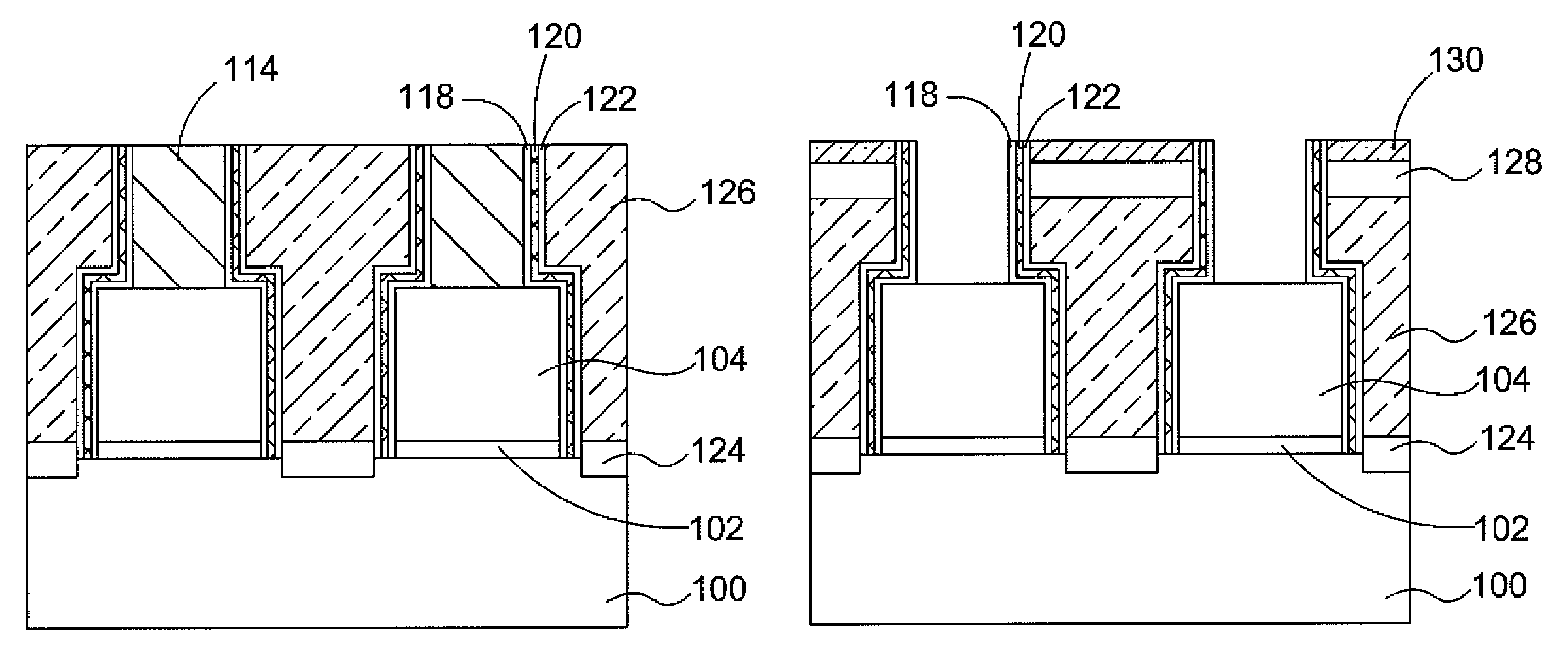Method for forming a semiconductor device
a technology of memory devices and semiconductors, applied in the direction of semiconductor devices, basic electric elements, electrical equipment, etc., can solve the problems of increasing the breakdown rate, increasing the difficulty of process control, and increasing the parameters of etching processes for various materials
- Summary
- Abstract
- Description
- Claims
- Application Information
AI Technical Summary
Benefits of technology
Problems solved by technology
Method used
Image
Examples
Embodiment Construction
[0024]The present invention provides a method for forming a semiconductor device, which can avoid the edge damage of the gate conductor. The present invention will now be described in detail with reference to the attached drawings of FIG. 1 to FIG. 11. The description sets forth various preferred embodiments of the present invention only, and is not intended to limit the scope, applicability, or configuration of the invention in any way. The layers described below can be formed by conventional techniques including lithography (such as coating, exposing, developing, etc.), etching (such as dry etching, wet etching, reactive ion etching, etc.), deposition (such as chemical vapor deposition, physical vapor deposition, plasma enhanced deposition, etc.), thermal process (such as thermal oxidation, annealing, thermal diffusion, etc.), polishing (such as chemical mechanical polishing, etc.), and implant (such as ion implantation, etc.) and the likes, which are well known in the art and not...
PUM
 Login to View More
Login to View More Abstract
Description
Claims
Application Information
 Login to View More
Login to View More - R&D
- Intellectual Property
- Life Sciences
- Materials
- Tech Scout
- Unparalleled Data Quality
- Higher Quality Content
- 60% Fewer Hallucinations
Browse by: Latest US Patents, China's latest patents, Technical Efficacy Thesaurus, Application Domain, Technology Topic, Popular Technical Reports.
© 2025 PatSnap. All rights reserved.Legal|Privacy policy|Modern Slavery Act Transparency Statement|Sitemap|About US| Contact US: help@patsnap.com



